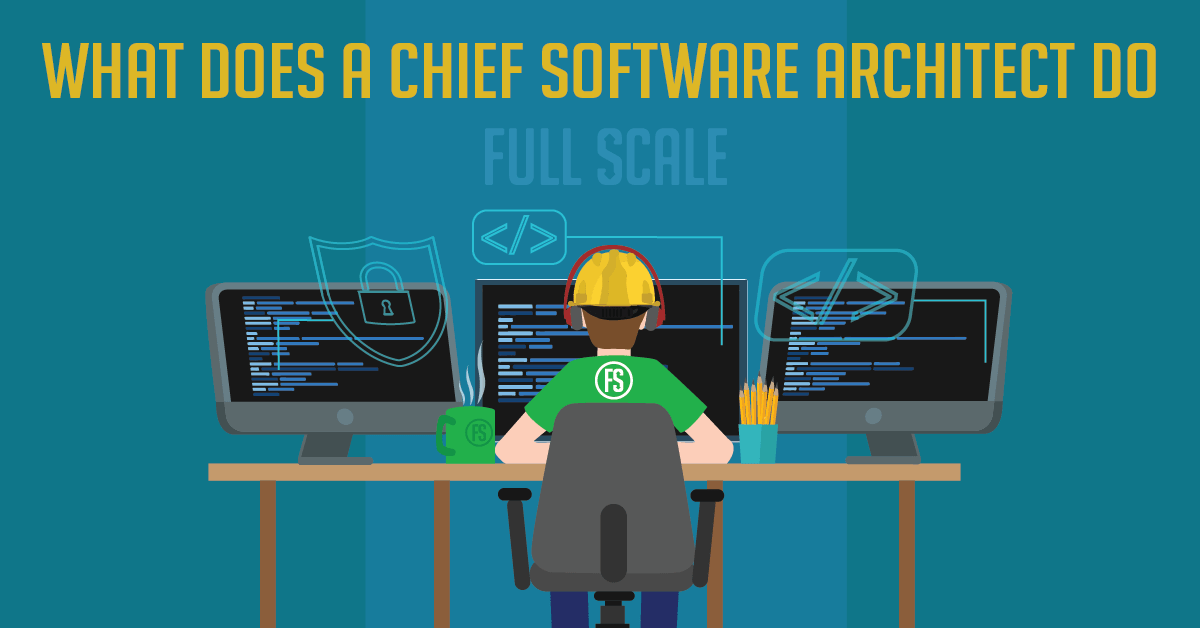What does a Software Architect do

A software architect plays a critical role in the development of software systems by designing the overall structure and architecture of the software to meet specific requirements and objectives. Here's a breakdown of what a software architect typically does:
Requirement Analysis: The software architect works closely with stakeholders, including clients, project managers, and end-users, to gather and analyze requirements. They identify stakeholders' needs, constraints, and objectives to determine the software's functional and non-functional requirements.
Designing Architecture: Based on the requirements analysis, the software architect designs the architecture of the software system. This involves defining the structure, components, modules, interfaces, and relationships between them. The architect selects appropriate architectural patterns, frameworks, and technologies to meet the project's goals and requirements.
Technical Leadership: The software architect provides technical leadership and guidance to the development team throughout the software development lifecycle. They collaborate with developers to ensure that architectural designs are implemented correctly and efficiently. The architect may also mentor junior developers and provide training on architectural best practices.
Risk Management: The software architect identifies potential risks and challenges in the software architecture and develops strategies to mitigate them. This includes anticipating scalability issues, performance bottlenecks, security vulnerabilities, and other potential concerns. The architect evaluates trade-offs and makes informed decisions to balance competing priorities and constraints.
Quality Assurance: The software architect establishes quality assurance processes, standards, and metrics to ensure that the software meets specified requirements and quality standards. They conduct code reviews, architectural reviews, and performance assessments to identify and address any issues or deficiencies early in the development process.
Documentation: The software architect documents the architectural design decisions, rationale, and specifications to ensure that all stakeholders have a clear understanding of the software's architecture. Documentation may include architectural diagrams, design documents, technical specifications, and other artifacts that communicate the design intent and guidelines.
Continuous Improvement: The software architect monitors industry trends, emerging technologies, and best practices to stay updated on advancements in software architecture and development methodologies. They continuously evaluate and refine the software architecture to improve performance, scalability, maintainability, and other key attributes.
Overall, a software architect plays a crucial role in translating business requirements into technical solutions, guiding the development team in implementing these solutions effectively, and ensuring the quality and success of the software system. They combine technical expertise, strategic thinking, and effective communication skills to drive innovation and deliver value to stakeholders.
Thank you,